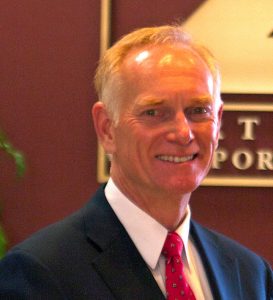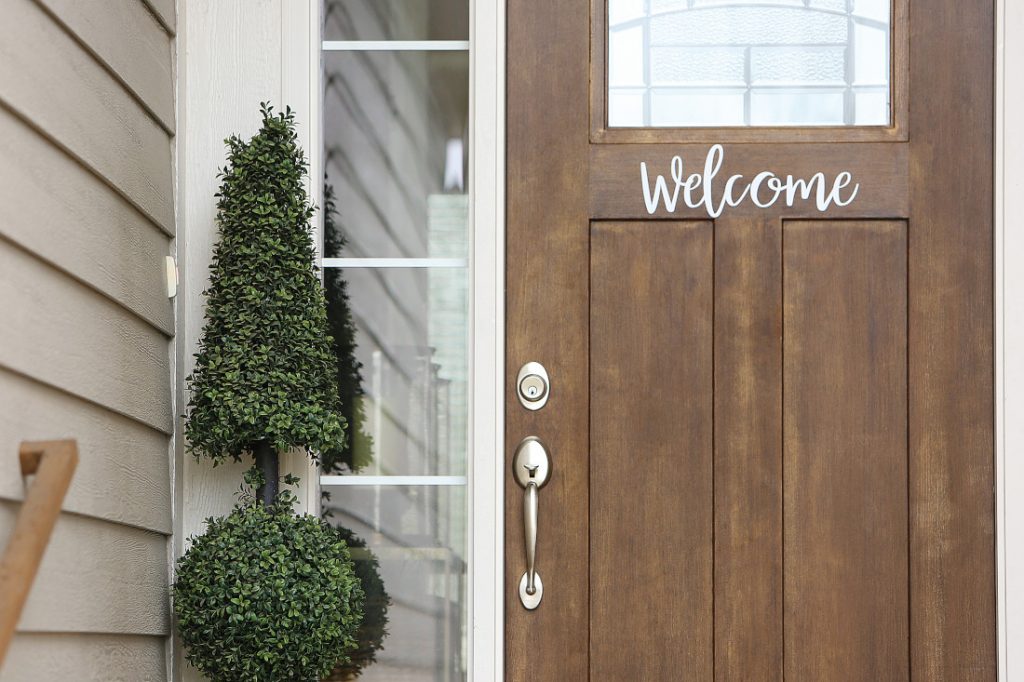Head of Industry’s Largest Lender Optimistic in Face of Change

Tim Williams is the president and CEO of 21st Mortgage, the largest lender for manufactured homes in the United States. A conservative estimate of 21st Mortgage’s market share is 25 percent.
Compared against total shipment data published by MHI, the volume of home loans levied by 21st equals about 15 percent. Subtract from those same shipment totals the number of FEMA homes, cash sales and loans originated in-house by Clayton Retailers, and the 21st Mortgage market share may be as high as 30 percent.
So, as a matter of understanding the pulse of the lending side of the manufactured housing business, talking to Williams, with his 45 years of MH lending experience, should be viewed as the pinnacle of insight.
A former executive vice president of Clayton Homes and the president of Vanderbilt Mortgage between 1974 and 1995, Williams has led 21st through tremendous growth in recent years. The Knoxville, Tenn.-based lender originates about $1.3 billion in home loans each year, and currently services more than 180,000 mortgages valued at greater than $9 billion.
Let’s Talk About the Opportunities
During a recent conversation with The MHInsider, Williams was asked about challenges in the industry. His response was to immediately talk about opportunity, which in his world always takes precedence over challenges and obstacles.
“The opportunity is really in the product some of the manufacturers are promoting,” Williams said, referring to what many are calling the ‘New Class’ of manufactured homes, which have characteristics that allow them to sit beside site-built homes and be treated as such in appraisal and lending.
Differentiating From ‘Traditional Lenders’
“The traditional mortgage lenders can’t very well manage that product,” Williams said. “Their cost to originate is so very high. Many of them are $8,000 to originate a loan, and that amount cannot be put into a GSE pool and it cannot be passed forward.
“If you can’t pass on that cost, how are they going to finance that new home mortgage that the GSEs (Fannie and Freddie) both want to advance in the $150,000 area?” he said. “We’re better able to serve that market because our origination structure relies heavily on the retailer relationship to bring costs down.”
Traditional lenders cannot operate in the same way, because they don’t have a retail environment for their homes, much less the relationships within the retail environment.
Among the largest operators lending for manufactured homes — 21st, Triad, and Credit Human, for example — none of them are lenders focused on being backed by government-sponsored entities.
“Traditional GSE lenders do not originate many manufactured home loans, because they only do GSE-conforming product. So if the borrower, the house, or site for the house doesn’t fit in the Fannie Mae or Freddie Mac box, then those lenders don’t offer an alternative,” Williams said. “Whereas us traditional manufactured home lenders have alternatives, but we must get qualified to participate with the GSE in order to support the ‘New House’ with lower rates and longer terms that are only available through the GSEs.
“And you still have to be profitable,” he added. “You have to cover costs, which are not $8,000 but are more than a chattel loan… you need to be able to build in a profit.”

What About the Resale Value?
People who sell manufactured homes, and manufactured home buyers themselves, often are questioned about how factory-built homes retain value. There’s skepticism, and misinformation, about an individual manufactured home as an investment. This persists despite a recent pilot report held within FHFA’s quarterly Home Price Index summary that suggests manufactured homes appreciate in a fashion that is very similar to site-built homes.
True, the general public is less inclined than housing professionals to refer to the quarterly HPI report. Yet, Williams points to a couple of specific ways manufactured home buyers proceed that may hinder home value appreciation.
Circumstances Around Home Sale Financing
It has very little to do with the product, and more to do with where the home is placed.
“Fortunately, we have about 40 percent of our customers who buy a home and do it without paying for the land. The downside is you can have a difficult time selling the home,” he said. “If they put it on a private site, like family land, and then they try to sell it, maybe there’s no one to live there… or no one in the family or on the property wants anyone else living there.”
There could be debt on the farm, multiple owners who disagree about what to do with the property, or other legal claims that get in the way of a sale on the independently owned home.
“That happens every day, over and over,” Williams said. “ And I get it, because it’s happened to me.”
Many years ago, Williams made a significant investment in expanding and improving a small home on his family’s property. And he had to walk away from the investment for many years, until the deed holder was ready to hand over the property.
“It’s a great advantage to not have to pay for land,” Williams said. “But it can be difficult to sell when the homeowner needs a change.”
And moving even a single-section home adds another $3,500 in costs to a re-sell. A multi-section home can cost $10,000 to move.
The resale of a home, in terms of demand for the dwelling where it sits, along with potential moving costs, should be put on the list of items a buyer considers, even if the retailers or lenders risk losing the occasional sale.
Manufactured Homes in Residential Neighborhoods
Williams again uses an example from his daily life to illustrate the complexities of integrating manufactured housing throughout the market in a way that can boost the annual percentage of home starts well beyond the 10 percent ceiling manufactured housing professionals have experienced.
“I am optimistic about the new product,” Williams said. “I’m optimistic about manufactured homes getting into better communities where they can sit right beside conventional housing.
“You really expect it to be a better house, and we have a great opportunity to help deliver that,” he said. “Manufacturers have done a great job over the recent years building a better product.”
‘If you can do it anywhere, you should be able to do it here’
“That said, we really do have to start breaking down some zoning barriers,” he said.
Most cities in the U.S. make little if any room for manufactured homes, and many explicitly zone to keep manufactured homes out.
“In Knox County, Tennessee, the birthplace of Clayton, the largest builder of manufactured homes, and backed by Berkshire Hathaway and Warren Buffett, and we can’t get a manufactured home in the city of Knoxville?” Williams said. “If you can do it anywhere, you should be able to do it here. And we haven’t.
“Until we get really good at building homes that are certain to be accepted by not just consumers, but by their neighbors, we won’t get the results we want,” he said. “And that takes time.”
Beyond zoning for an individual manufactured home, the city of Knoxville hasn’t approved a new manufactured home community since the 1980s. Knoxville is not alone. About 313 new manufactured home communities have been built nationwide since 2002, according to information from the industry leader in data, Datacomp.
The 2,645 new communities built during the prior 15 years, including 395 communities built during 1986-87 alone, show the stark contrast between then and now. With that, it’s easy to understand why affordable housing advocates are concerned.
“We’re reaching a saturation point on communities — mobile home parks — where we will start getting some brand-new communities,” Williams said. “It has to happen, or shipments will hurt. There’s only so much of a market for homes on private land.”
What Else Will the Future Hold?
The market is good, so the alarm bells that may sound when Williams says the word “flat” should be taken in stride.
He said 21st Mortgage is able to originate every loan it sees that can be profitably originated. Business lingo might rephrase that to say: They’re not leaving any money on the table. The business is right-sized and sailing forward.
However, the U.S. is in the midst — or potentially in the latter stages — of the largest market expansion in modern history.
It’s one that can’t last.
The market will shrink, which hopefully will qualify as something less than a recession, great or not.
“Our default rate is artificially low,” Williams said. “I suspect many lenders would agree with that. Owners who default are facing the death of a spouse, serious illness or divorce. Typically, unemployment counts for about 30 percent of defaults. But that’s not happening right now, because employment is so high. Anyone who wants a job has one.”
Williams asserts that some lenders will move forward with loans that work today but will be difficult to maintain as the market corrects. Whether confidence is placed on the artificially low default rate or thinning margins, something is sure to give in months or years to come.
“You have to plan for it. And you can’t hedge for it, either,” he said. “You’d be wrong if you make that bet.”










